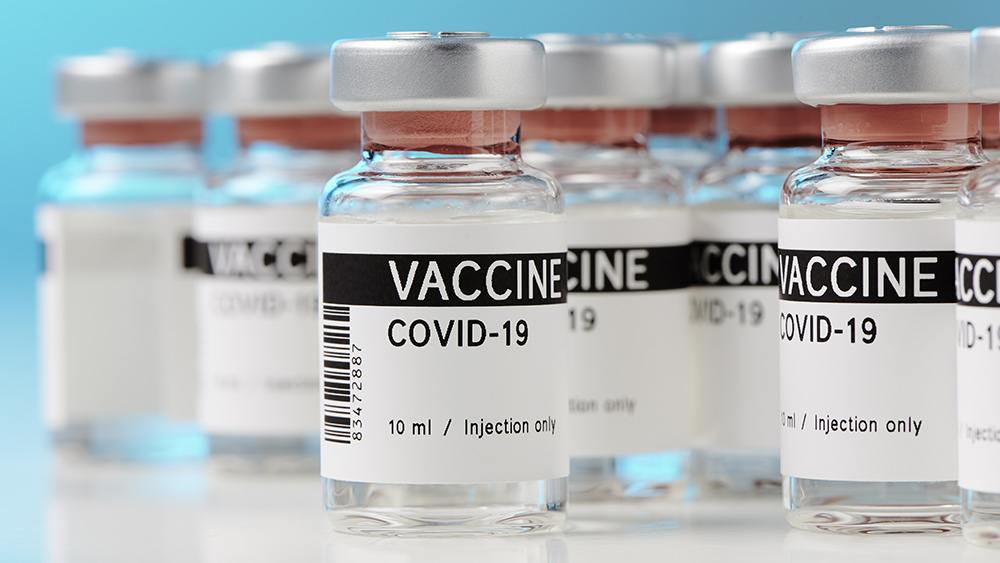Evaluating the antioxidant and cardioprotective activities of Oroxylum indicum (Indian trumpet tree)
02/12/2021 / By Evangelyn Rodriguez

Researchers at the Amala Cancer Research Center in India evaluated the cardioprotective effect of Oroxylum indicum (Indian trumpet) against doxorubicin-induced cardiomyopathy. They reported their findings in an article published in the Journal of Ayurveda and Integrative Medicine.
- O. indicum is known in Ayurveda as a dasamula plant — a medicinal plant used to treat respiratory problems — with antioxidant properties.
- To determine if it can also protect the heart from damage, the researchers first prepared methanolic extracts from the root bark of O. indicum (OIM).
- They then induced cardiotoxicity in female rats by injecting them with doxorubicin (30 mg/kg body weight) for four consecutive days after a 10-day pre-treatment of OIM (200 and 400 mg/kg body weight).
- Drug treatment continued up to Day 14, with the anti-hyperlipidemic drug probucol used as a standard.
- On Day 15, the researchers subjected the rats to an ECG test, then conducted a comparative analysis of the following serum markers:
- Creatine phosphokinase (CPK)
- Lactate dehydrogenase (LDH)
- Glutamate oxaloacetate transaminase (SGOT)
- Glutamate pyruvate transaminase (SGPT)
- Tissue antioxidant status based on superoxide dismutase (SOD)
- Glutathione peroxidase (GPx)
- Reduced glutathione (GSH)
- Lipid peroxidation (LPO)
- They also performed histopathological examination of rat heart tissues using hematoxylin–eosin staining.
- The researchers reported that the ECG records of OIM-treated rats showed a normal pattern compared to the control’s, which showed signs of ST depression and arrhythmia.
- OIM treatment also increased the levels of antioxidants (SOD, GSH and GPx) in the cardiac tissue of rats in a dose-dependent manner while decreasing lipid peroxidation levels.
- Meanwhile, comparative analysis of serum markers revealed that OIM (400 mg/kg) significantly reduced the levels of CPK, LDH, SGOT and SGPT.
- Histological examination also showed that the OIM-treated rats had normal myocardial architecture.
- In addition, the presence of chrysin, apigenin and quercetin were detected in OIM.
Based on these findings, the researchers concluded that the root bark of O. indicum has cardioprotective properties, which can be attributed to the synergistic action of its antioxidant components.
Read the full study at this link.
Journal Reference:
Menon S, Lawrence L, Sivaram VP, Paddikala J. OROXYLUM INDICUM ROOT BARK EXTRACT PREVENTS DOXORUBICIN-INDUCED CARDIAC DAMAGE BY RESTORING REDOX BALANCE. Journal of Ayurveda and Integrative Medicine. 2019;10(3):159-165. DOI: 10.1016/j.jaim.2017.06.007
Submit a correction >>
Tagged Under:
alternative medicine, cardioprotective, disease treatment, heart disease, heart health, Indian trumpet, natural cures, natural medicine, plant medicine, prevention, remedies, research
This article may contain statements that reflect the opinion of the author
RECENT NEWS & ARTICLES
COPYRIGHT © 2017 RESEARCH NEWS





















